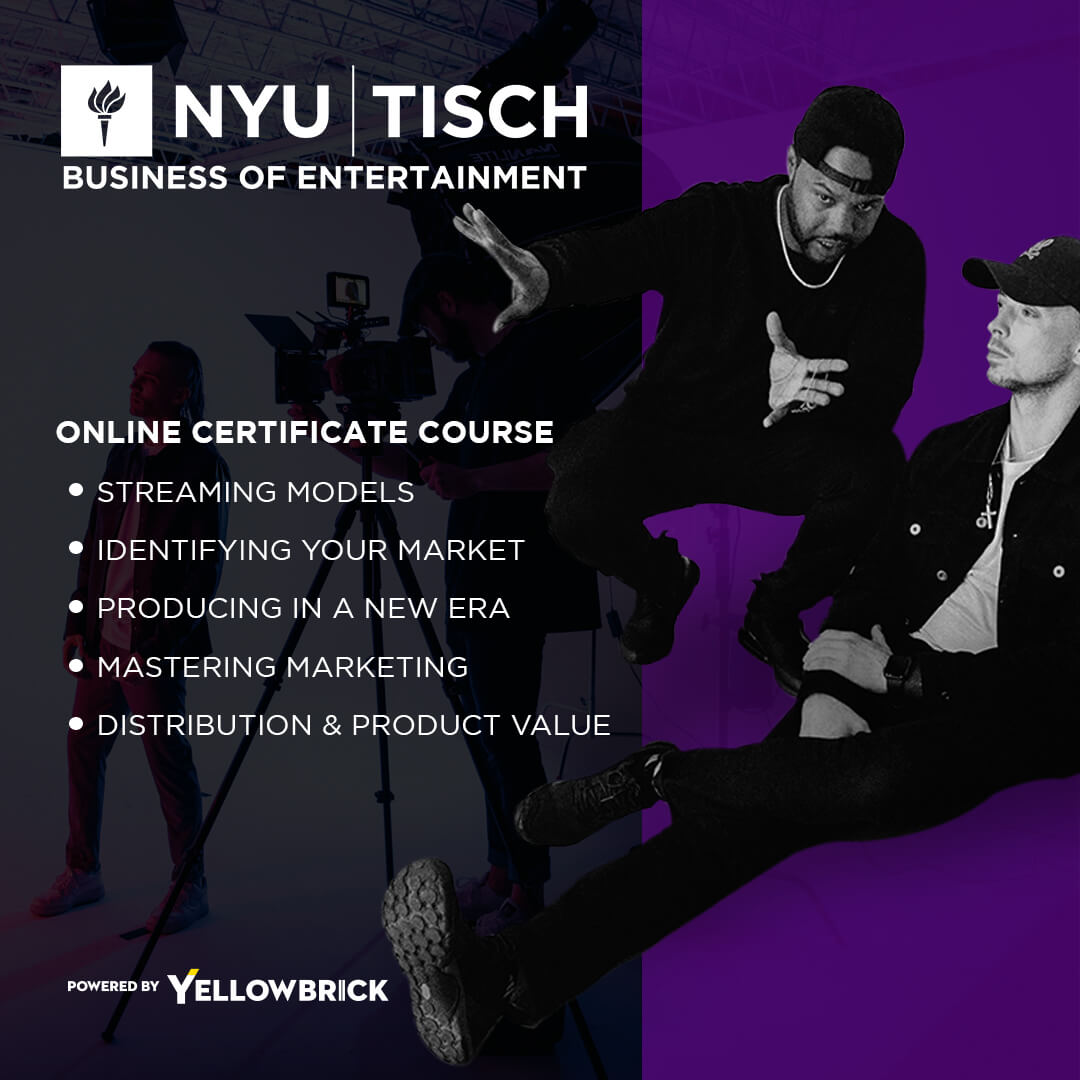10 Exciting Visual Effects Careers: A Comprehensive Overview
Visual effects (VFX) have become an integral part of the entertainment industry, captivating audiences with their ability to create stunning and immersive visual worlds. From Hollywood blockbusters to television shows, video games, and virtual reality experiences, visual effects professionals play a crucial role in bringing imagination to life. If you have a passion for creativity, technology, and storytelling, a career in visual effects might be the perfect fit for you. In this comprehensive guide, we will delve into the various career paths within the visual effects industry, the skills required, and the steps you can take to kickstart your journey towards a successful and fulfilling career.
1. VFX Artist
VFX artists are the magicians behind the scenes, responsible for creating mind-blowing visual effects that seamlessly blend with live-action footage. They use a combination of computer-generated imagery (CGI), animation, and compositing techniques to bring fantastical creatures, breathtaking environments, and explosive action sequences to life. As a VFX artist, you will need a strong foundation in computer graphics, 3D modeling, texturing, lighting, and rendering. Proficiency in software such as Autodesk Maya, Adobe After Effects, and Nuke is essential.
2. VFX Supervisor
VFX supervisors are the visionary leaders who oversee the entire visual effects process. They work closely with directors, producers, and VFX artists to ensure that the creative vision is brought to fruition. VFX supervisors play a critical role in pre-production, collaborating with the production team to plan and budget for visual effects shots. During production, they provide guidance and feedback to the VFX artists, ensuring that the final product aligns with the director’s vision. This role requires a deep understanding of VFX techniques, excellent communication skills, and the ability to manage large teams.
3. VFX Technical Director
VFX technical directors bridge the gap between artistry and technology. They are responsible for developing and implementing the technical solutions that make complex visual effects possible. Technical directors work closely with VFX artists to optimize workflows, create custom tools, and troubleshoot any technical issues that arise during production. A strong background in programming and scripting, as well as knowledge of VFX software and pipeline development, is crucial for this role.
4. VFX Animator
VFX animators breathe life into digital characters, creatures, and objects. They use their understanding of movement, weight, and timing to create realistic and compelling animations. VFX animators often specialize in specific areas such as character animation, creature animation, or object animation. Proficiency in animation software like Autodesk Maya or Blender, as well as a strong grasp of anatomy and physics, is essential for success in this role.
5. VFX Compositor
VFX compositors are the master illusionists who seamlessly blend live-action footage with computer-generated elements. They are responsible for integrating various visual effects layers, adjusting colors, and adding realistic lighting and shadows to create a cohesive and believable final image. VFX compositors work closely with VFX supervisors and artists to ensure that the final composite matches the director’s vision. Proficiency in compositing software like Nuke, Adobe After Effects, or Blackmagic Fusion is a must for this role.
6. VFX Producer
VFX producers are the project managers who oversee the production of visual effects shots from start to finish. They work closely with directors, VFX supervisors, and artists to ensure that projects are delivered on time, within budget, and meet the desired quality standards. VFX producers handle budgeting, scheduling, and resource allocation, as well as manage client relationships and coordinate with external vendors. Strong organizational and leadership skills are essential for success in this role.
7. VFX Lighting Artist
VFX lighting artists are responsible for creating realistic and visually stunning lighting setups for digital environments and characters. They use their understanding of light and shadow to enhance the mood and atmosphere of a scene. VFX lighting artists work closely with VFX supervisors, compositors, and artists to achieve the desired look and feel. Proficiency in lighting software such as Autodesk Maya, Arnold, or V-Ray is crucial for this role.
8. VFX Modeler
VFX modelers are the sculptors of the digital world, creating 3D models of characters, creatures, props, and environments. They use specialized software to create detailed and realistic models, paying attention to every intricate detail. VFX modelers often work closely with concept artists and texture artists to bring their creations to life. Proficiency in 3D modeling software like Autodesk Maya, ZBrush, or Cinema 4D is essential for success in this role.
9. VFX Rigger
VFX riggers are responsible for creating the digital skeletons and control systems that allow characters and creatures to move and deform realistically. They work closely with animators to ensure that the rigging setup meets the needs of the animation process. VFX riggers need a strong understanding of anatomy, physics, and character movement, as well as proficiency in rigging software like Autodesk Maya or Houdini.
10. VFX Concept Artist
VFX concept artists are the visual storytellers who bring ideas to life. They create stunning concept art and illustrations that serve as the foundation for the visual effects process. VFX concept artists work closely with directors, VFX supervisors, and artists to develop the visual style and design of a project. Proficiency in digital painting software like Adobe Photoshop or Corel Painter, as well as a strong understanding of composition and color theory, is crucial for success in this role.
In conclusion, a career in visual effects offers a world of endless possibilities for those with a passion for creativity and technology. Whether you aspire to be a VFX artist, supervisor, technical director, or any other role within the industry, acquiring the right skills and knowledge is essential. Pursuing a degree in visual effects or attending specialized training programs can provide you with a solid foundation to kickstart your career. Remember, the world of visual effects is constantly evolving, so staying updated with the latest software, techniques, and industry trends is crucial. With dedication, perseverance, and a love for the craft, you can embark on an exciting journey into the realm of visual effects and contribute to the magic of the entertainment industry.
Key Takeaways:
- Visual effects (VFX) careers offer exciting opportunities for those passionate about creativity, technology, and storytelling.
- Various career paths within the visual effects industry include VFX artist, supervisor, technical director, animator, compositor, producer, lighting artist, modeler, rigger, and concept artist.
- Essential skills for a successful career in visual effects include proficiency in software like Autodesk Maya, Adobe After Effects, and Nuke, as well as knowledge of animation, compositing, lighting, modeling, rigging, and concept art.
- Pursuing a degree or specialized training programs in visual effects can provide a solid foundation for your career.
- Staying updated with the latest software, techniques, and industry trends is crucial in this constantly evolving field.
- Consider exploring educational opportunities such as the “NYU Business of Entertainment” online course and certificate program offered by Yellowbrick to enhance your understanding of the business side of the entertainment industry.
Embark on an exciting journey into the realm of visual effects, where you can contribute to the magic of the entertainment industry. With dedication, perseverance, and the right skills, you can turn your passion




